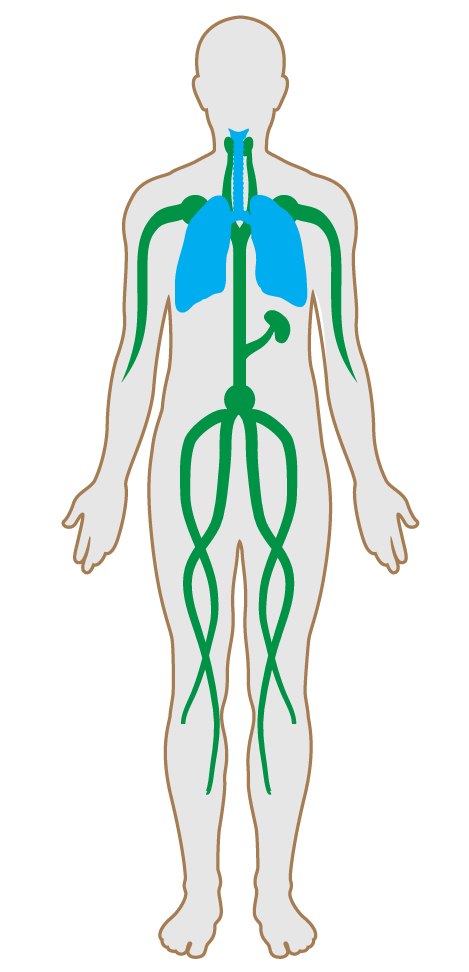Microbe and mold control
- 01 Air quality standards
- 02 Smoking ban
- 03 Ventilation effectiveness
- 04 VOC reduction
- 05 Air filtration
- 06 Microbe and mold control
- 07 Construction pollution management
- 08 Healthy entrance
- 09 Cleaning protocol
- 10 Pesticide management
- 11 Fundamental material safety
- 12 Moisture management
- 13 Air flush
- 14 Air infiltration management
- 15 Increased ventilation
- 16 Humidity control
- 17 Direct source ventilation
- 18 Air quality monitoring and feedback
- 19 Operable windows
- 20 Outdoor air systems
- 21 Displacement ventilation
- 22 Pest control
- 23 Advanced air purification
- 24 Combustion minimization
- 25 Toxic material reduction
- 26 Enhanced material safety
- 27 Antimicrobial activity for surfaces
- 28 Cleanable environment
- 29 Cleaning equipment
- P9 Advanced cleaning
06. Microbe and mold control
To reduce mold and bacteria growth within buildings, particularly from water damage or condensation on cooling coils.
Mold often grows on cooling coils in HVAC systems due to moisture condensation and can be introduced into the building’s indoor air. It can also occur on or within wall assemblies due to water damage or improper detailing in humid locations, for example kitchens and bathrooms. Mold spores can trigger asthma, headaches, allergies and other respiratory system disorders.
In buildings that rely on a mechanical system for cooling, one of the following requirements is met:
The following are not present:

Applicability Matrix
| Core & Shell | New & Existing Buildings | New & Existing Interiors | |
|---|---|---|---|
| Part 1: Cooling Coil Mold Reduction | P | P | P |
| Part 2: Mold Inspections | P | P | P |
| Commercial Kitchen | Education | Multifamily Residential | Restaurant | Retail | |
|---|---|---|---|---|---|
| Part 1: Cooling Coil Mold Reduction | P | P | P | P | P |
| Part 2: Mold Inspections | P | P | P | P | P |
Verification Methods Matrix
| Letters of Assurance | Annotated Documents | On-Site Checks | |
|---|---|---|---|
|
PART 1 (Design) Cooling Coil Mold Reduction |
MEP Drawing or Operations Schedule | ||
|
PART 2 (Performance) Mold Inspections |
Visual Inspection |
| 06.1.b |
NADCA's White Paper on Ultraviolet Lighting Applications in HVAC Systems states that to avoid ozone production, use UVC lamps with a wavelength of 254 nm. |
| 06.2.a |
The National Healthy Housing Standard states that building materials affected by mold or mildew should be cleaned, dried, and repaired. It also states that interior and exterior surfaces shall have no signs of visible mold growth. |
| 06.2.b |
The National Healthy Housing Standard states that the foundation, roof, roofing components, exterior walls, doors, skylights and windows shall be free of persistent dampness or moisture. |
